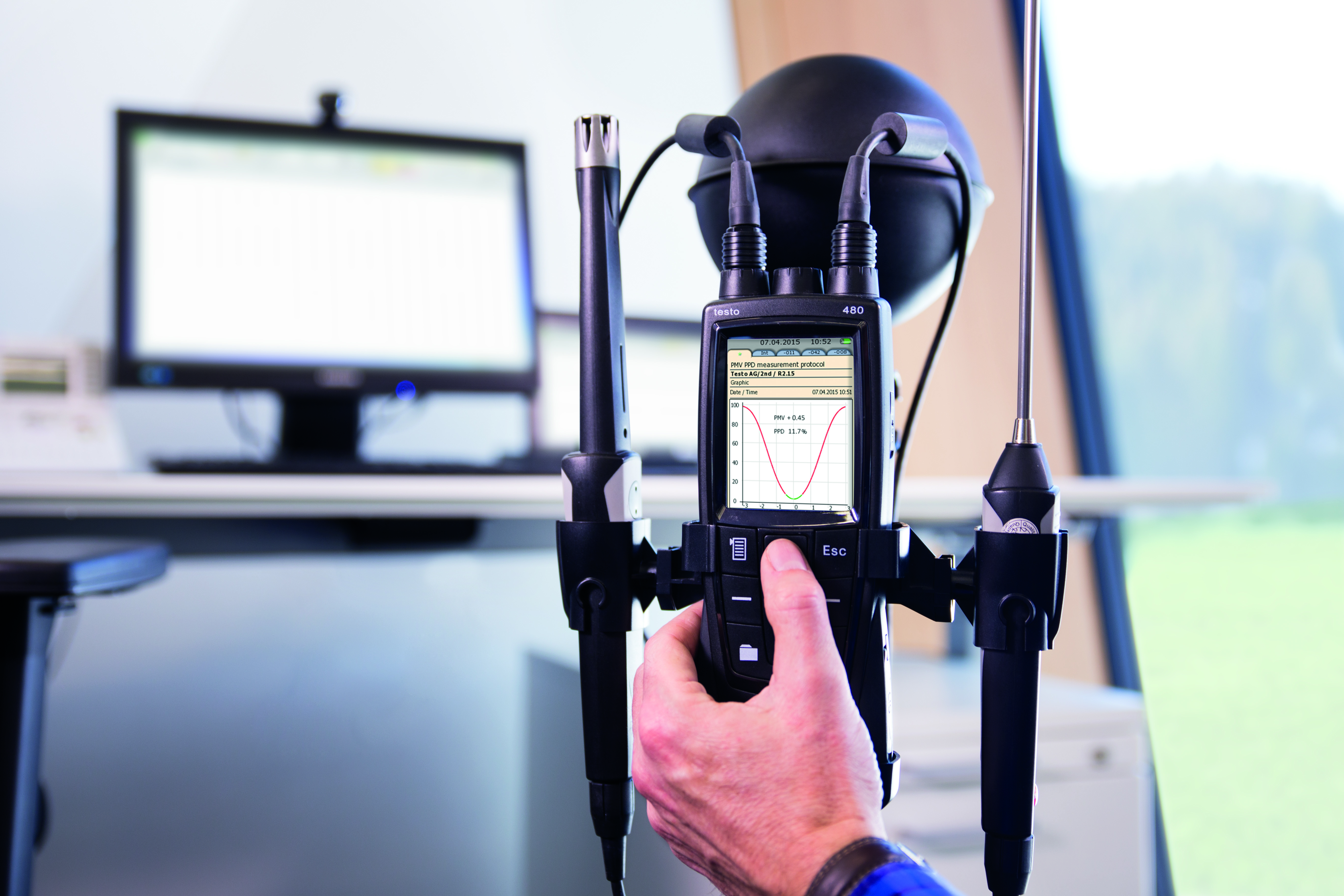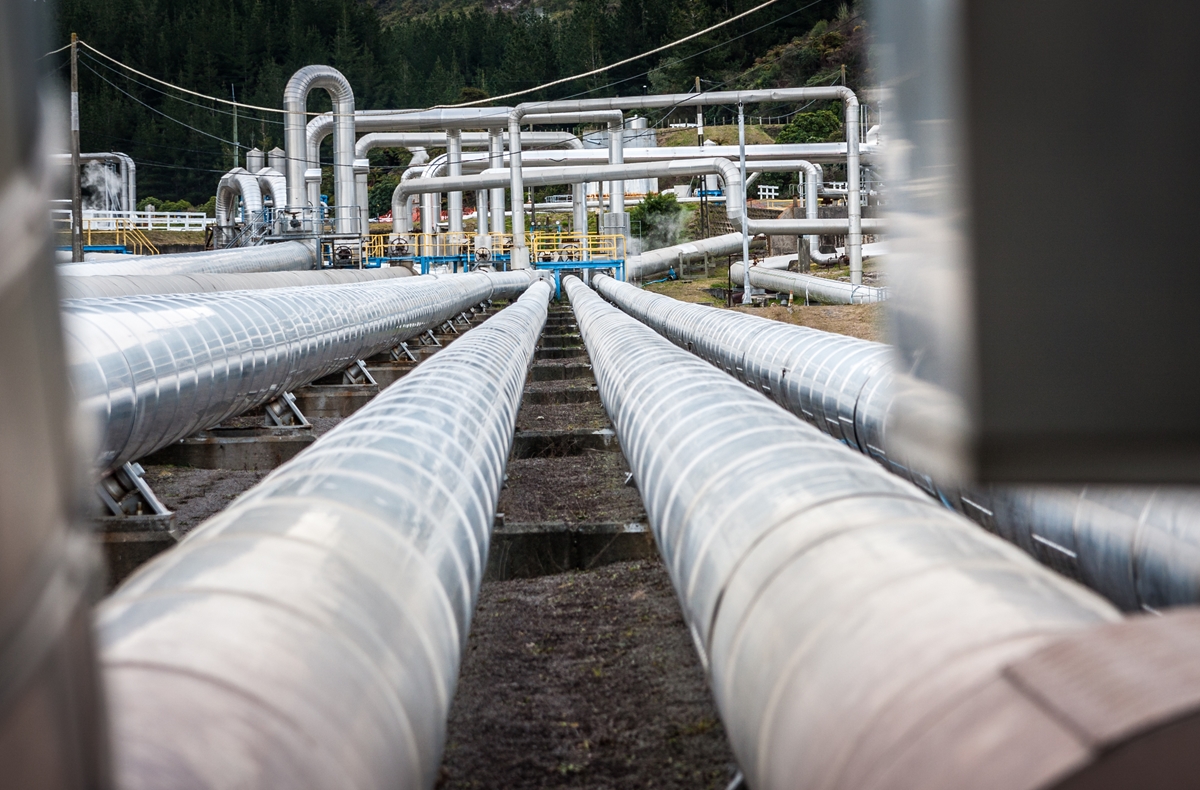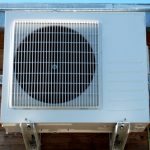In almost all types of engineering, knowledge of how to use pressure measurement tools is essential to the safety and integrity of projects. According to the International Society of Automation, pressure measurement is the second-most common in processing plants and is usually coordinated with that of temperature.
The ISA describes pressure as a force applied uniformly over a surface measured in force per unit area using the formula in which pressure is equal to the unit of force divided by that of area. Compared to the use of traditional tools like manometers and bellows, today’s techniques for measuring and transmitting pressure are highly precise and use a variety of modern technologies.
Despite the new tools involved in processes today, those using them still need to understand the unchanged physics behind how pressure works. Gas laws of physics are also considered in many pressure management systems because they involve gases, the behavior of which has a direct effect on the overall reaction.
The Four Types of Pressure and their Measurement
When it comes to pressure measurement, Applied Measurements, LTD states that there are four main methods required to get the most accurate readings for the four types of pressure involved: gauge, sealed, absolute and differential.
Gauge: In a vented environment with ambient atmospheric pressure, this measure uses sensors to gauge the input pressure into the system. These setups are vulnerable to humidity. Applications could include chamber pressure, hydraulics, tyre pressure.
Sealed: The measure of pressure applied to a sealed chamber closed with atmospheric pressure. Some application examples would be food and beverage, also used in aggressive media.
Absolute: These types of measurements are conducted in areas in a vacuum chamber removed of air (generating absolute pressure) for a reading of input pressure. An absolute pressure meter is the most recommended tool for this measurement. According to Pneumatic Tips, this is often confused with gauge pressure. The difference between the two in terms of measurement is that the latter uses atmospheric pressure as its zero point, while absolute uses absolute zero. Using the two incorrectly in calculators will lead to extremely inaccurate readings.
Differential: Unlike the others, differential pressure measurement is the difference between two pressures, usually between ambient and those internal to a sensor. For this measurement, you’ll be sure to need a differential pressure gauge. Some common applications include filter monitoring, HVAC, clean rooms.
Other pressure measurements important to industries such as HV/AC are those for absolute pressure, overpressure, negative pressure and differential pressure. With proper and regular pressure management, accidents resulting from leaky pipes and damage to refrigeration or ventilation systems can be negated.

Measurement Tools You Can Use and How they Can be Applied
Modern and easily applicable tools today can come in handy for a variety of scenarios. Leaky pipes can be tested using pressure monitors that work without the need to shut off the system. Even aggressive media like refrigeration and heating systems can be safeguarded using pressure sensors and manometers for measurement.
Vacuum gauges and manifolds in particular are handy for evacuating refrigeration systems, while those in the industrial sector use digital barometers to help reduce overpressure and keep so-called clean rooms free of undesirable air particles and germs. Differential pressure measurement devices also come in handy with clean rooms and HV/AC in general, as well as heating systems.
Testo offers products that can be used for these types of pressure measurements, as well as tools that can help to record and save readings for further use accessible via smartphone. These can be used by businesses for a variety of applications – even for overall facilities management. For example, routine applications to check refrigeration systems can use Testo’s electronic manifold, which features an acid-resistant, ceramic pressure sensor that also functions as a manometer. Our fast and high-precision leak detectors may also come in handy, as they are easy to handle in spaces seemingly inaccessible for measurement.
It is important to have a measuring instrument to hand in order to enable fast and simple measurement of all the important parameters required for an operation. With Testo, you always have the right measuring instrument for pressure measurement and other important measurement parameters at your side.









 Reduce cooking oil costs while ensuring quality
Reduce cooking oil costs while ensuring quality Expert knowledge on CO2 monitoring
Expert knowledge on CO2 monitoring Refrigeration knowledge - in 3 modules
Refrigeration knowledge - in 3 modules



